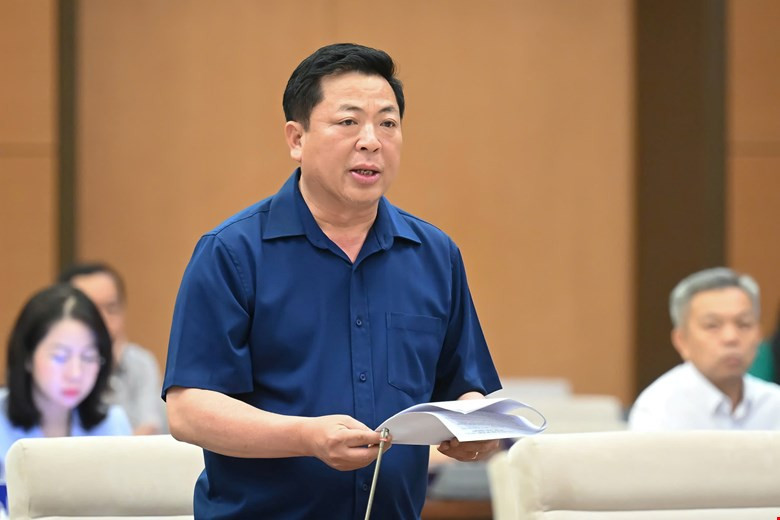The Standing Committee of the National Assembly has agreed to submit for parliamentary approval the investment plan for Ho Chi Minh City’s Ring Road 4 project during the second session of the ninth meeting. The project's first phase is projected to require VND 120.412 trillion (approximately USD 4.75 billion).

At a session held this morning, Minister of Construction Tran Hong Minh presented the project proposal, which outlines the road’s starting point at the intersection of Toc Tien - Chau Pha (part of the Bien Hoa - Vung Tau expressway in Ba Ria - Vung Tau province) and its end point at Hiep Phuoc Port (Nha Be district, Ho Chi Minh City). The entire route spans more than 207 kilometers.
The route will pass through Ho Chi Minh City and the provinces of Ba Ria - Vung Tau, Dong Nai, Binh Duong, and Long An.
The investment scope for phase one covers roughly 159.31 kilometers, with the longest segment located in Long An province (74.5 km), followed by Dong Nai (approximately 46 km).
The segment passing through Binh Duong, nearly 48 km long, has already received investment approval from the provincial People’s Council and is being implemented independently.
According to the government’s proposal, the road is designed for speeds up to 100 km/h, with a total foundation width of 74.5 meters. In the first phase, the road will be developed with four lanes, a 100 km/h design speed, and a base width of 25.5 meters.
Minister Minh reported that state budget contributions will amount to VND 69.78 trillion (approx. USD 2.75 billion), including VND 29.687 trillion (USD 1.17 billion) from the central government and VND 40.092 trillion (USD 1.58 billion) from local budgets. Private investors are expected to contribute VND 50.632 trillion (USD 2 billion).
Construction is scheduled to begin in 2026, with the goal of completing the project by the end of 2028.
The government has also proposed seven special policy mechanisms to facilitate the project’s implementation. These include: the use of mineral resources for construction materials; assigning local authorities the power to approve component projects; adjusting investment decisions under the PPP model; contractor selection for consulting and land clearance-related packages; organizing architecture design competitions for urban bridges; and evaluating funding sources and capital balance.
In his evaluation report, Phan Van Mai, Chairman of the Economic and Financial Committee, confirmed that the project meets the criteria for National Assembly-level investment decision-making.
He also recommended that the government provide supplemental reports based on the Law on Public Investment and current PPP regulations to clarify capital assessment and funding viability.
The Vinh